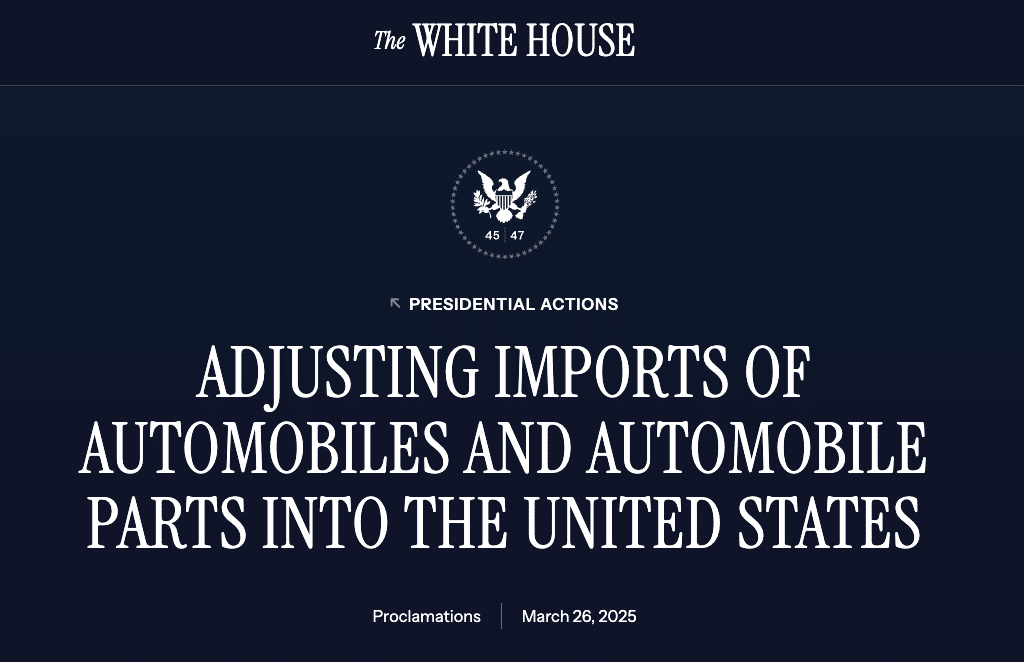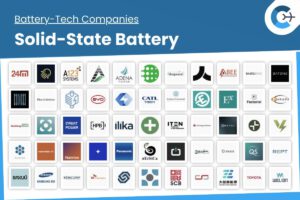The United States has implemented new tariffs on imported automobiles and certain automobile parts, citing national security concerns. President Donald J. Trump issued the proclamation on March 26, 2025, under the authority of the Trade Expansion Act of 1962. The decision follows a report from the Secretary of Commerce dated February 17, 2019, which identified that the volume and conditions of automobile imports were threatening to impair the nation’s security.
Despite previous negotiations led by the United States Trade Representative with the European Union, Japan, and other countries, no agreements were reached to mitigate these threats. Additionally, earlier trade agreements, including the United States-Korea Free Trade Agreement and the United States-Mexico-Canada Agreement (USMCA), have not sufficiently addressed the identified concerns. The COVID-19 pandemic further exposed vulnerabilities in global supply chains, highlighting challenges such as material shortages, labor strikes, and deficiencies in electrical components. These issues have contributed to a decline in domestically manufactured vehicles, with only about half of the vehicles sold in the U.S. now being produced domestically.
Under the new proclamation, a 25 percent tariff will be applied to imported automobiles starting at 12:01 a.m. Eastern Daylight Time on April 3, 2025. Similar tariffs on automobile parts will be enacted by May 3, 2025, following notices in the Federal Register. The tariffs aim to adjust the import levels to protect the domestic automotive industry and ensure national security. Exceptions are made for automobiles that meet specific U.S. content criteria under the USMCA, allowing for preferential tariff treatment based on the proportion of U.S.-made components.
Approximately 40% of EVs sold in the US last year were imported, heavily influencing the market. Key exporting countries include Mexico, Japan, Korea, Germany, and Sweden. Major OEMs such as Hyundai, Toyota, and BMW, which rely on imports for US EV sales, may pass on the increased costs to consumers.

The proclamation also establishes processes for identifying and imposing tariffs on additional automobile parts if imports continue to pose a threat to national security. The Secretary of Commerce is tasked with monitoring imports and coordinating with other agencies to enforce the new tariffs. Any attempts to circumvent these tariffs through misrepresentation of U.S. content will result in the full application of the 25 percent tariff on the total value of the affected automobiles.
This move is part of a broader strategy to strengthen the United States’ domestic industrial base and reduce dependence on foreign automobile imports. The administration emphasizes that these measures are necessary to safeguard national security and support the growth of the U.S. automotive sector.
Source: White House
















